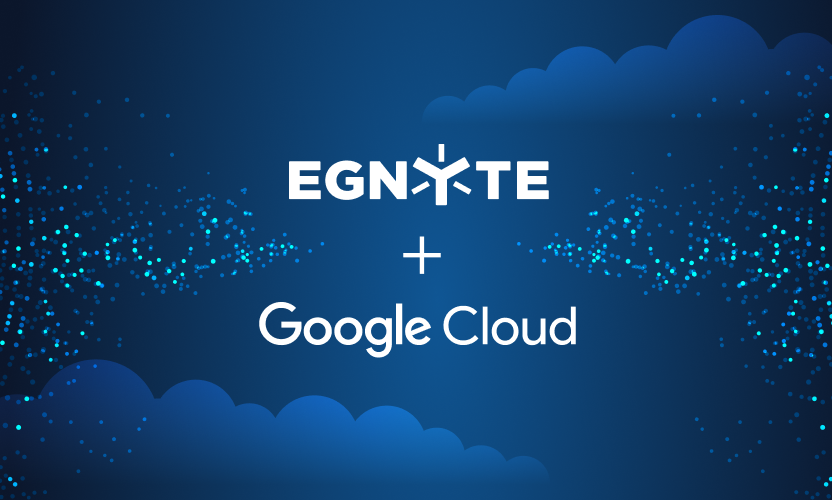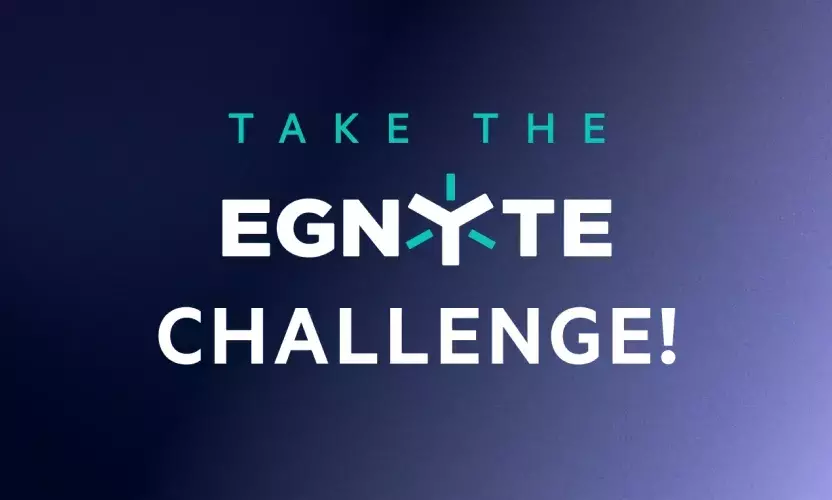
Smarter Approaches to Software Validation in Life Sciences
Smarter Approaches to Software Validation in Life Sciences
Global regulations regarding software validation (e.g., 21 CFR Part 11, Annex 11, etc.) have been in place for many years. With an increasing number of software-as-a-service vendors offering GxP-compliant solutions, it is more important than ever that CSV and QA teams of all sizes make use of sensible approaches to software validation to better manage their overhead while maintaining compliance with regulatory requirements.
Streamlining the Validation Process
A more efficient software validation process occurs when risk-based approaches are used in collaboration with the software vendor.
● Adopt a Risk-based Approach
Make use of assessing software capabilities to make determinations about the potential impact on data integrity, subject safety, or product quality if the software fails to operate as required. Use this information to determine the breadth of software validation activities to be performed to satisfy regulatory requirements and quality expectations. This should also include establishing a validation test coverage plan that aligns the rigor of validation testing to be commensurate with the risk determination assigned to the software capabilities.
● Leverage the Software Vendor’s Documentation
Vendors’ software development life cycle (SDLC) must include an appropriate level of documentation that explains the software’s capabilities and include evidence that all software requirements consistently operate as expected. Only repeat the validation activities already performed by the software vendor necessary to support your validation responsibilities and GxP regulatory requirements.
● Ensure Accessibility to Validation Records
Access to the software vendor’s validation documentation that is used as the basis for validation decisions is a must. It should be easily accessible and readily available, in electronic format, to assist with validation activities as well as to support audits, inspections, or other GxP regulatory requirements.
Conclusion
There is no need to compromise your software validation process if it makes use of a risk-based approach, leverages vendor documentation, and is audit ready. At Egnyte, we take a very intentional approach with our customers regarding validation. Egnyte provides a validation package that includes validation test plans, test scripts, testing results, a traceability matrix, a validation test summary report, installation qualification, audit trail, electronic records, e-signatures, and more. Egnyte also offers ongoing support, including a test environment, new features/enhancements preview, a GxP compliance portal, risk assessments, release notes, and audits.
If you would like to learn more about Egnyte’s GxP offering, click here.





